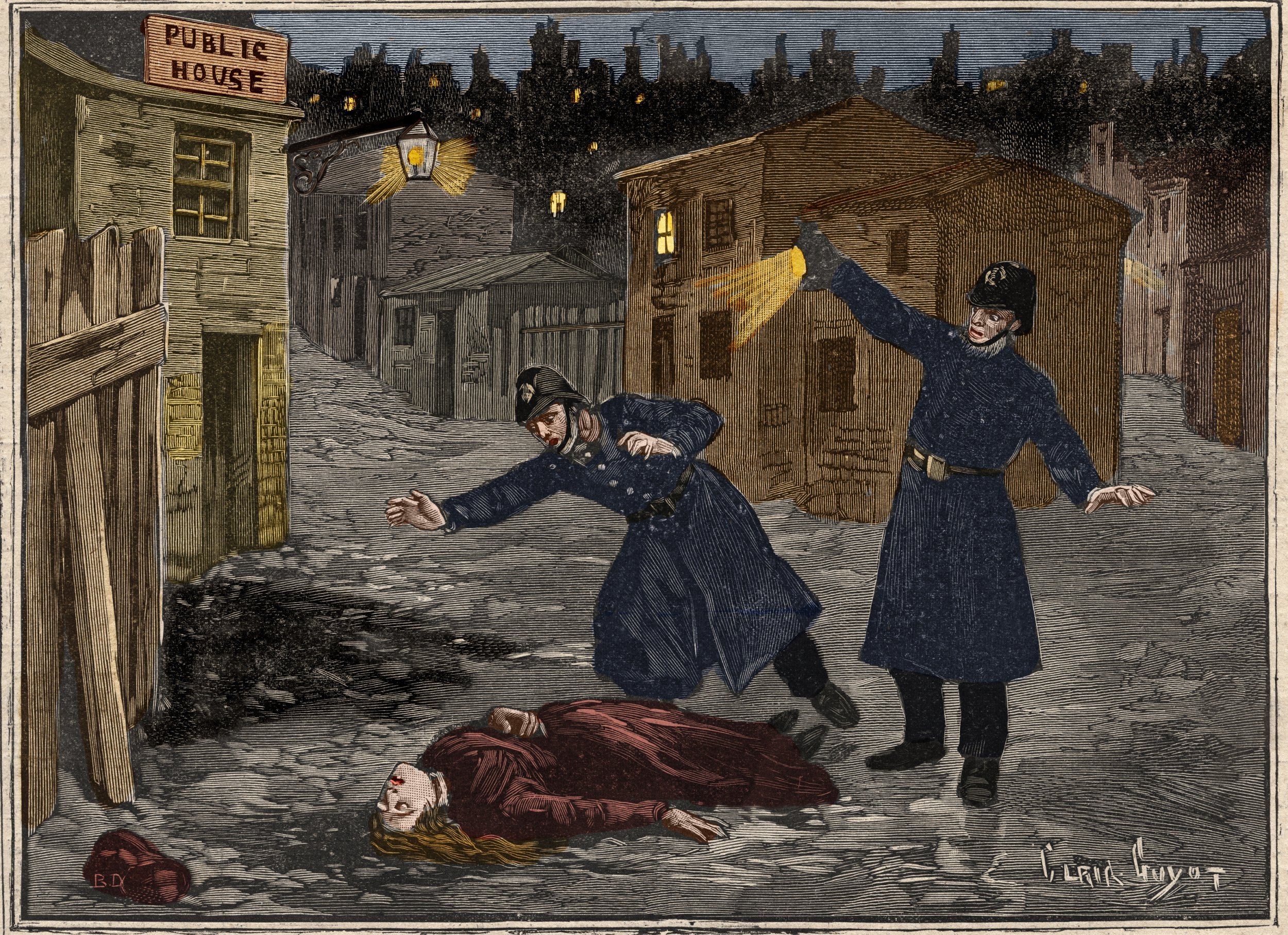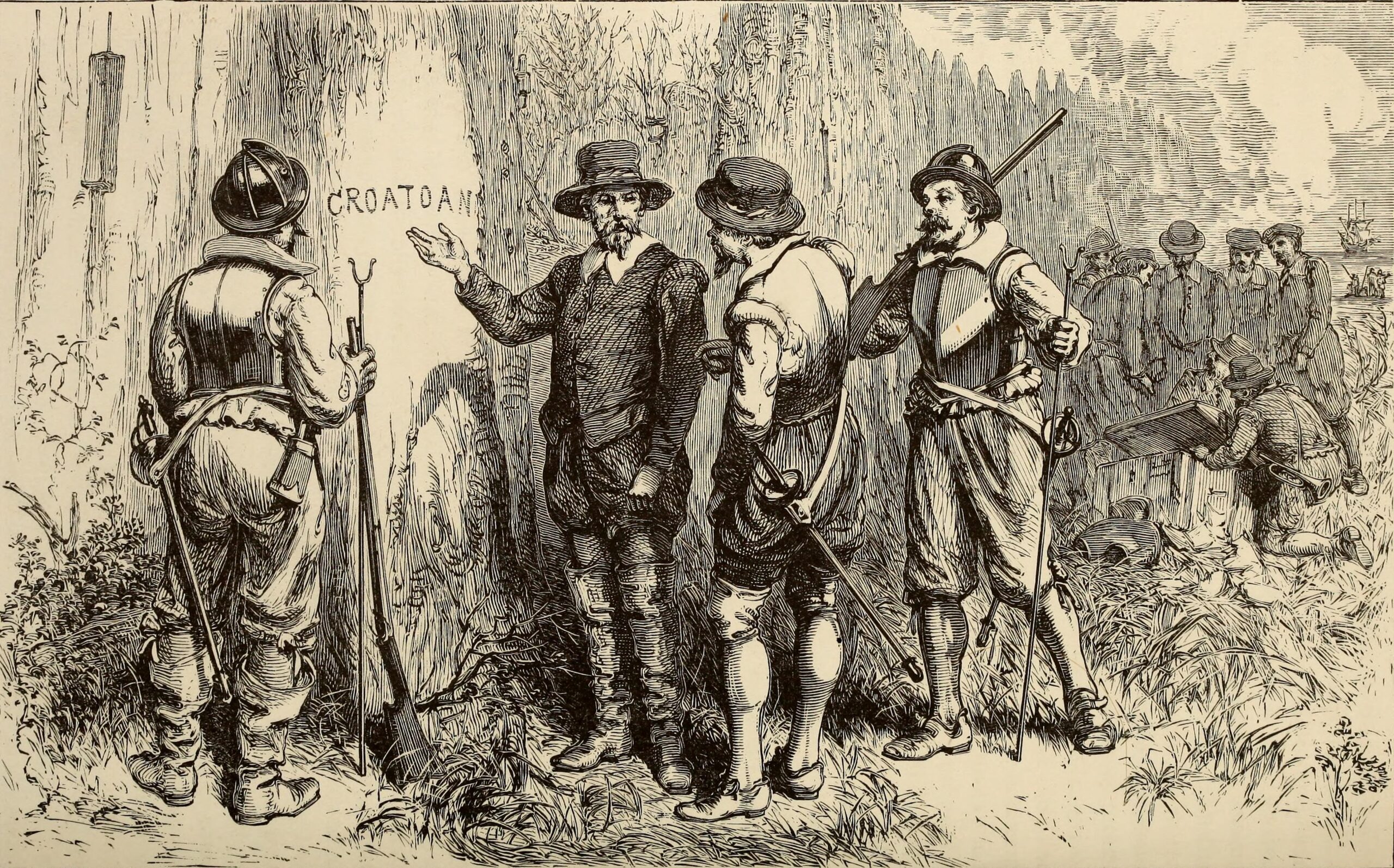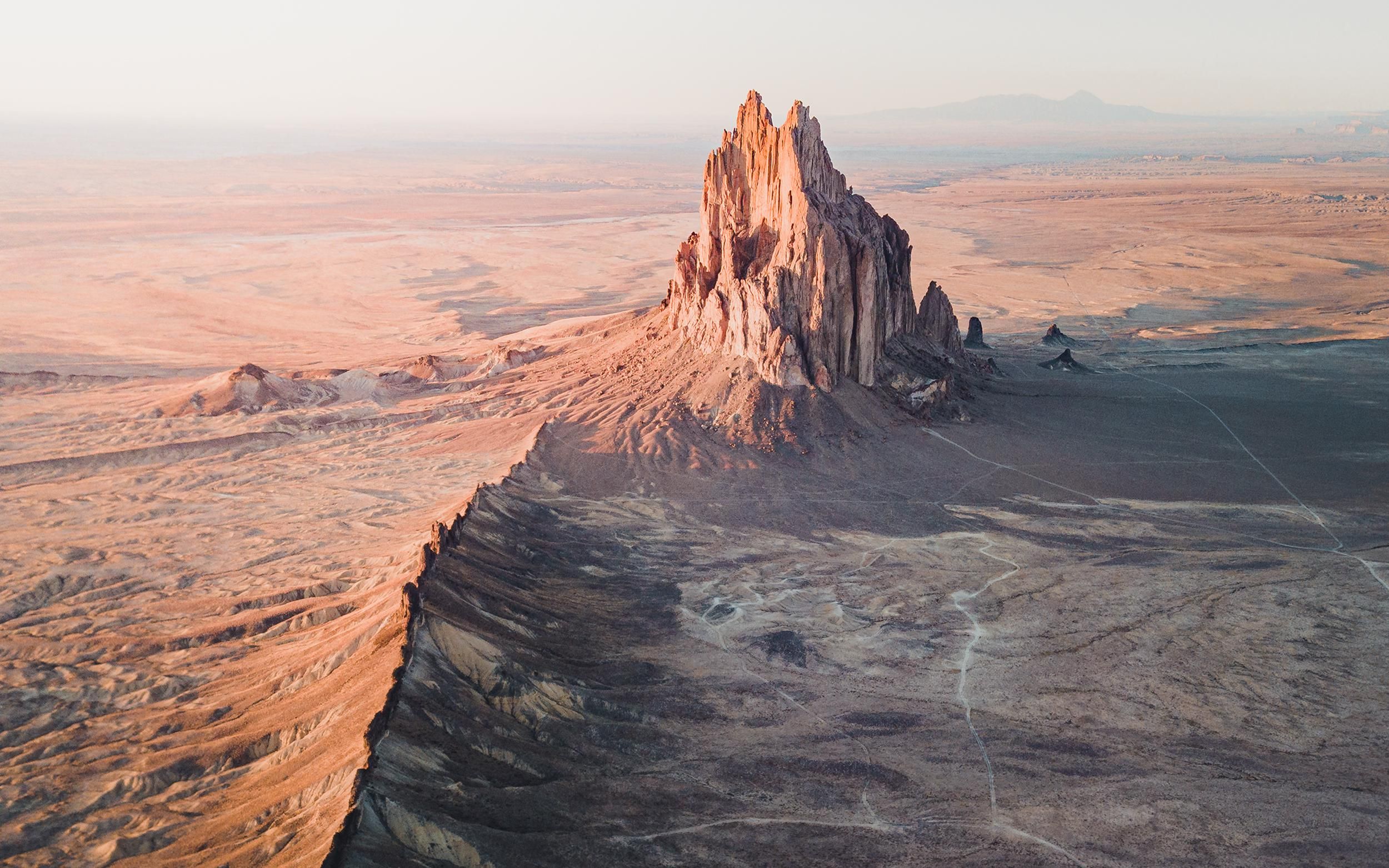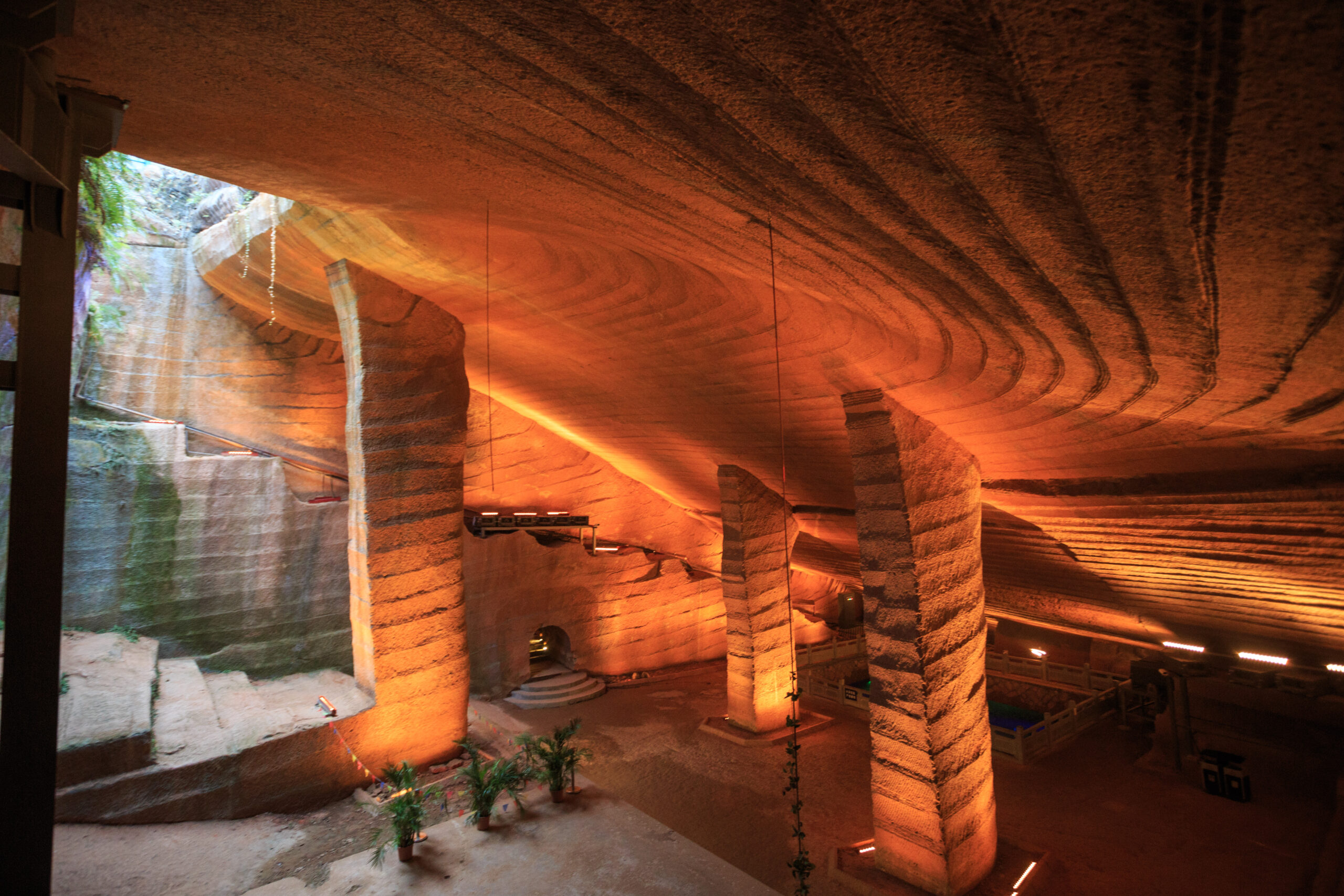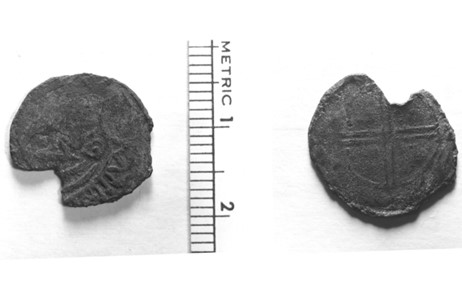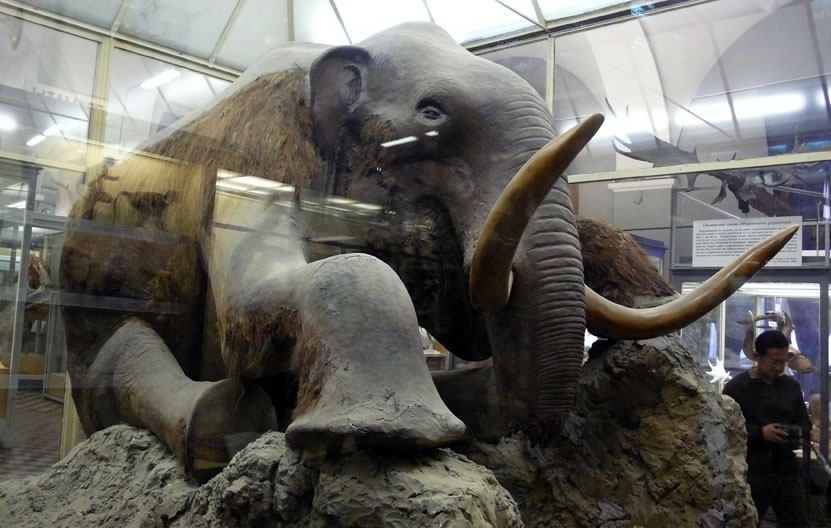
In 1900, hunters near Siberia’s Berezovka River discovered a woolly mammoth, preserved in permafrost for about 44,000 years. The Beresovka Mammoth sat upright, with buttercups in its mouth, undigested grass in its stomach, and broken hips. Scientists hypothesize it froze within hours, possibly 10, to remain this intact, a theory that intrigued researchers during its 1901 excavation. A cold snap, volcanic eruption, or muddy landslide might explain it, but the cause remains uncertain, fueling debate about Ice Age conditions.
Beresovka Mammoth Discovery in 1900
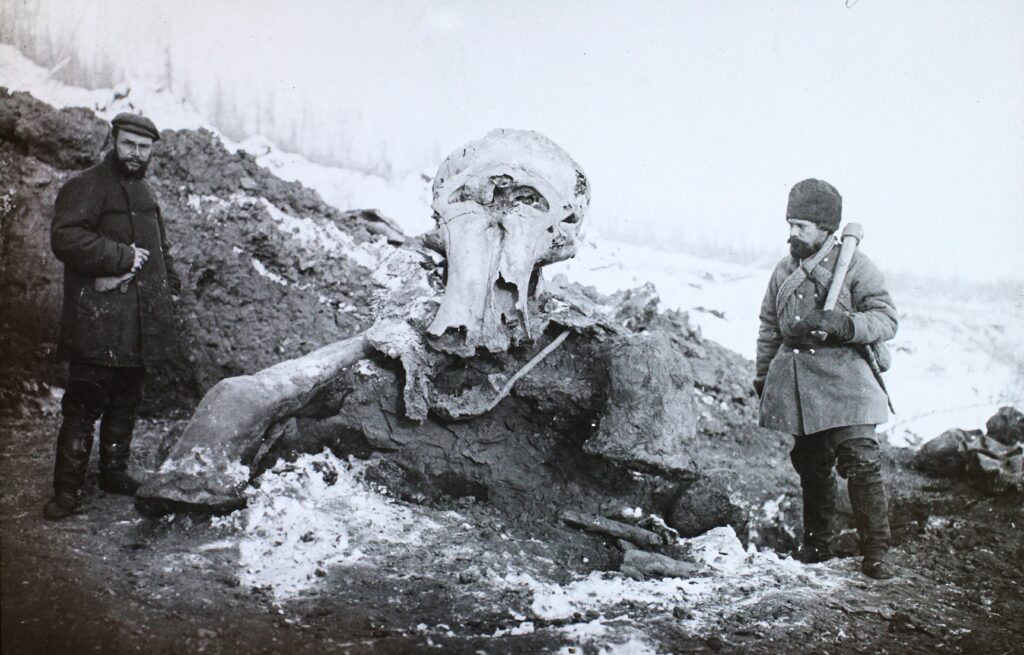
In the summer of 1900, hunters walked along Siberia’s Berezovka River, a remote, cold region. One noticed fur and bone in the permafrost, uncovering a woolly mammoth about 44,000 years old. The mammoth sat nearly upright, with flowers in its mouth, 30 pounds of undigested grass in its stomach, and broken hips. Few fossils showed such preservation for a six-ton animal.
News reached St. Petersburg, generating scientific interest. The find offered clues to Ice Age life through its preserved plants and injuries. The broken hips suggested a sudden death, but the intact flowers and grass hinted at a rapid freeze. Researchers hurried to recover it before the summer thaw could cause damage.
The 1901 Excavation
In 1901, the Russian Academy of Sciences sent Otto Herz and Eugene Pfizenmayer to retrieve the mammoth. They traveled thousands of miles by sled through snow and mud, arriving at a riverbank filled with decay. The mammoth’s head was decomposing, but its trunk held buttercups, and its stomach was packed with grass. The specimen’s detail stood out for its age.
The team cut through ice, finding evidence of a fall or crush. They dismantled the mammoth and transported it to St. Petersburg’s Zoological Museum, where it is studied and displayed. The excavation preserved a rare fossil, but it raised a central question: what caused such a rapid freeze?
The Ice Age Environment

Around 44,000 years ago, Siberia was a grassy plain called the Mammoth Steppe, unlike today’s barren tundra. The Beresovka Mammoth ate sedges, foxtail, and buttercups, with 30 pounds of undigested plants in its stomach, indicating a summer death. This environment supported bison, wolves, and other animals in mild weather.
The mammoth, about 30 years old, was young, with strong teeth. Its thick fur suited cold spells, but the plants suggest warmth when it died. How could a six-ton creature freeze solid in hours, preserving its contents with such clarity?
A Hypothesized Freeze
Scientists hypothesize the Beresovka Mammoth froze within hours, possibly 10, to preserve its buttercups and stomach contents for 44,000 years. This estimate comes from studies of tissue decay in permafrost, though exact timing is uncertain. Broken hips, legs, and ribs, along with blood in its lungs, suggest it fell into a ditch and suffocated. The upright posture implies it was trapped in place.
What might have caused this freeze? A sudden cold snap could have lowered temperatures sharply, but evidence is scarce. A volcanic eruption might have buried it in cold ash, or a landslide of icy mud could have trapped it. Each hypothesis offers clues, but none is conclusive.
Exploring Theories
The leading hypothesis suggests a landslide buried the mammoth in cold, wet mud, freezing it upright in permafrost. The Berezovka River’s banks may have collapsed, with the region’s geology supporting this idea. Some propose a volcanic eruption, with ash and snow causing a freeze, but no ash layers from that period have been found.
Older claims of a “flash-freeze” at -150°F lack support. Buttercups grow in mild conditions, and Ice Age cooling was gradual. The Beresovka Mammoth’s preservation resists simple answers. The rapid freeze remains a hypothesis.
Research Value
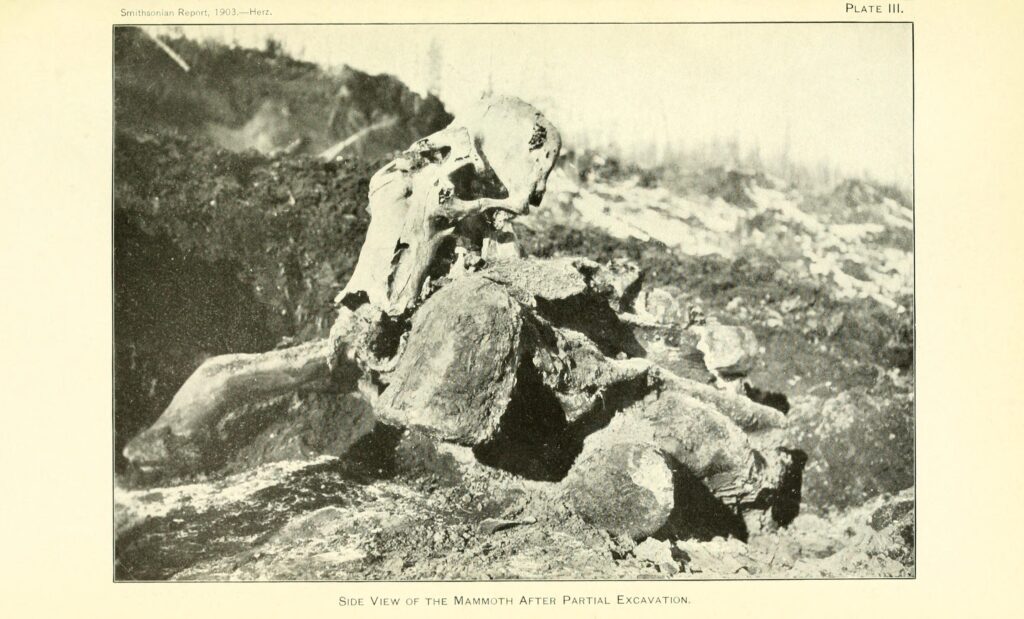
The Beresovka Mammoth provides significant data for paleontology. Its tissue supports DNA studies, revealing details about mammoth biology and Ice Age conditions. The stomach contents show a grassy steppe, aiding climate research. These findings help explore why mammoths went extinct and how environments changed.
The mammoth’s preservation drives further study. Researchers examine its injuries and diet to understand its death and habitat. The hypothesized rapid freeze suggests an unusual event, possibly linked to broader Ice Age shifts, but its cause remains debated.
A Lasting Puzzle
The Beresovka Mammoth remains a research focus, its buttercups and broken bones evidence of an event 44,000 years ago. Its tissue contributes to DNA studies, and its diet informs climate models. It challenges Ice Age theories. The mammoth captures a moment we’re still studying.
The hypothesized 10-hour freeze fuels discussion. Scientists debate whether mud, ash, or cold caused it, each theory refining our view of the past. The Beresovka Mammoth keeps researchers searching for answers to its preservation.
Questions Unanswered
What caused the Beresovka Mammoth’s rapid freeze? Was it a landslide of icy mud or a volcanic cold snap? Why did its buttercups remain intact for 44,000 years? How did it freeze faster than other fossils? Could this event signal a larger Ice Age shift? The mammoth’s preservation leaves these questions open.

